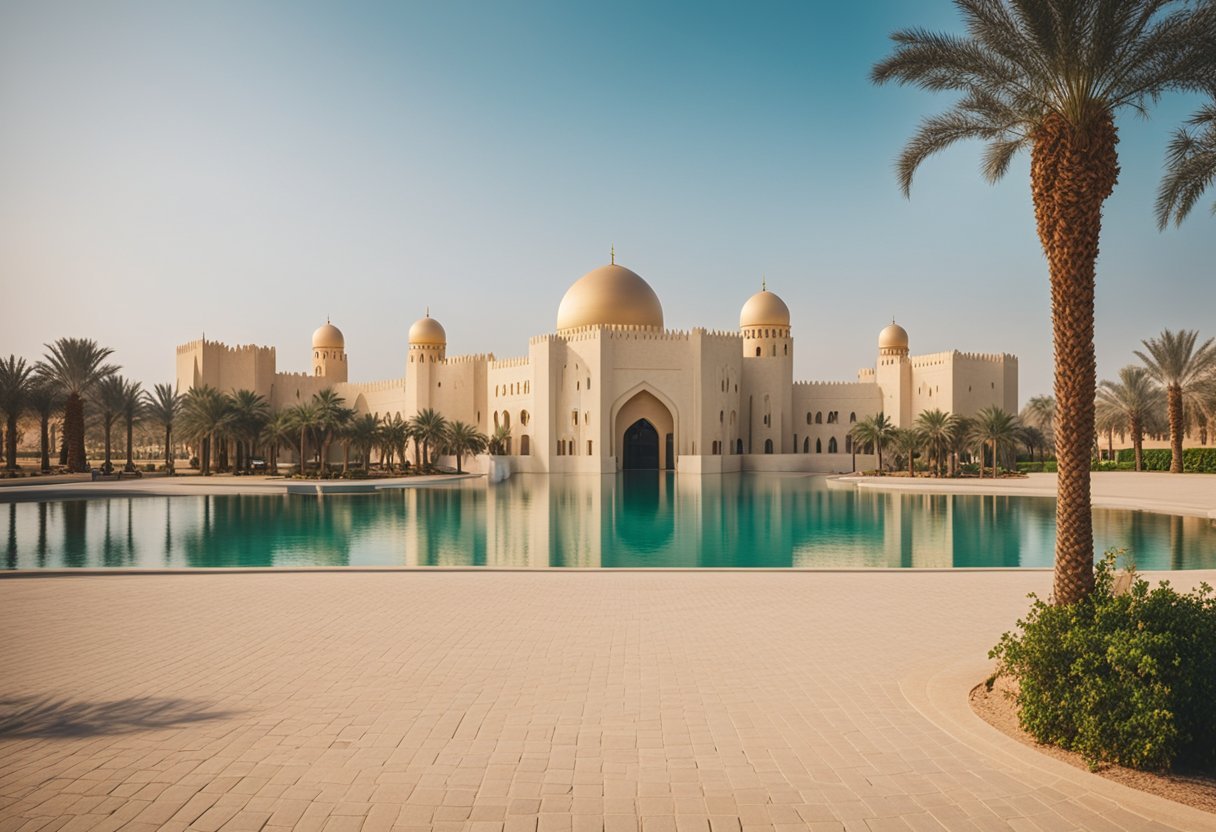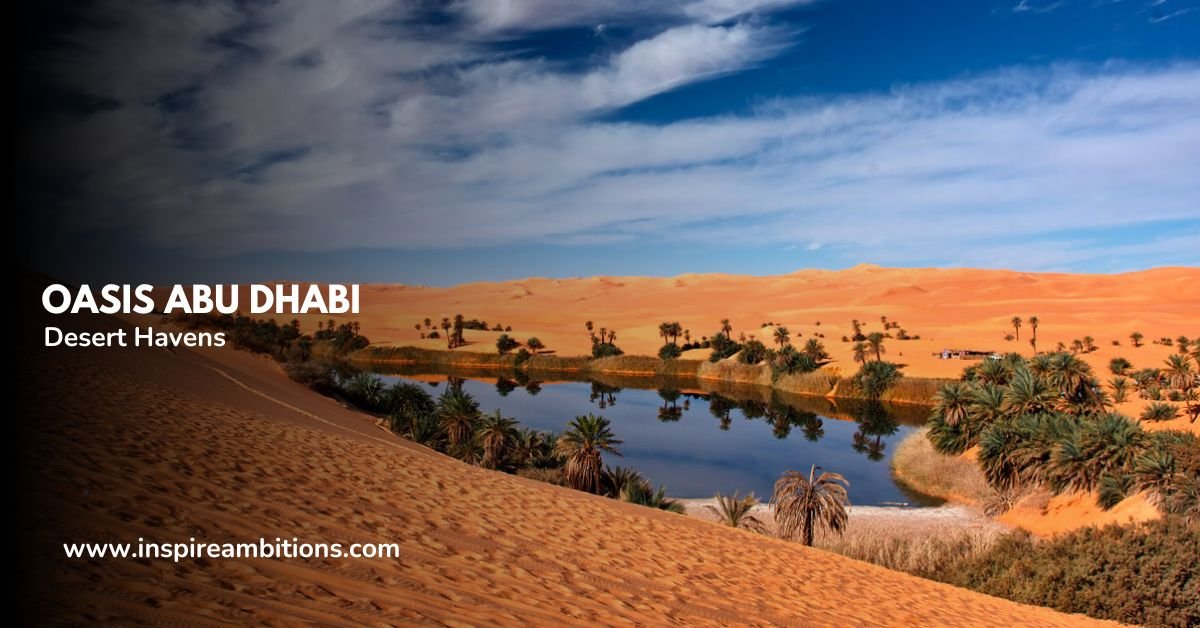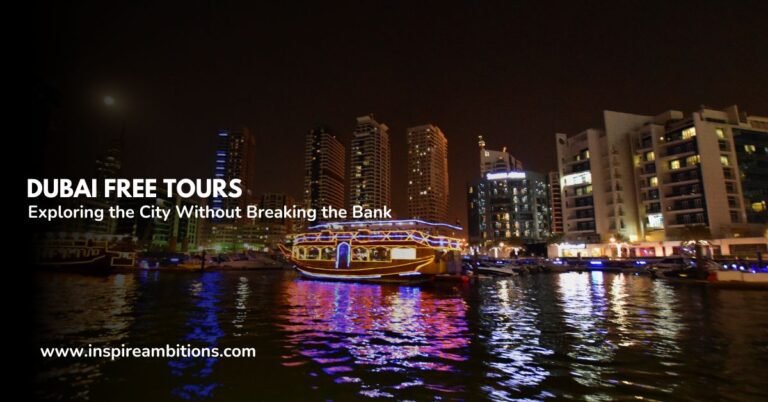阿布扎比绿洲——揭开沙漠天堂的辉煌
In the heart of the United Arab Emirates, surrounded by the sweeping dunes of the desert, lies an extraordinary patch of vegetation, the Oasis Abu Dhabi.
These oases are not just rare reprieves in the arid landscape but are also central to the cultural and historical narrative of the region.
You might wonder about the significance behind these pockets of lush greenery in an otherwise stark environment. These fertile areas are more than just water sources; they are a testament to human ingenuity, showcasing ancient irrigation techniques like the falaj system that have sustained life for thousands of years.

The oases of Abu Dhabi, particularly well-known ones such as Al Ain Oasis, are integral to understanding the region’s past. These sites have been inhabited for millennia, with Al Ain Oasis being recognised as one of the world’s oldest continuously inhabited settlements.
As you explore the tranquil walkways between the palm groves, you’re walking atop history itself. This blend of natural beauty and rich history has earned some of them recognition as UNESCO World Heritage Sites, cementing their importance not just in Abu Dhabi or the UAE but to humanity.
Oasis Abu Dhabi – Key Takeaways
- Abu Dhabi’s oases are lush havens amidst the desert, reflecting human resilience and adaptation.
- They have a long-standing significance, with some, like Al Ain Oasis, dating back 4,000 years.
- These oases contribute to the historical and cultural fabric of the UAE, with some achieving UNESCO World Heritage status.
Historical and Cultural Significance

Abu Dhabi’s oases embody a testament to human ingenuity and cultural evolution. From ancient irrigation systems to modern conservation efforts, these verdant landscapes offer a respite from the desert and a deep dive into the region’s heritage.
联合国教科文组织世界遗产
Your visit to Abu Dhabi should include the Al Ain Oasis, recognised by UNESCO for its ancient falaj irrigation system. This technique has sustained life for millennia, supporting palm trees and various crops。这 UNESCO Cultural Site encapsulates traditional methods harmoniously coexisting with modern practices.
历史地标
这 谢赫·扎耶德 和 Bedouin heritage flourish in the heart of Al Ain. Visit the 艾因王宫博物馆 和 Qasr Al Muwaiji, once homes to rulers of Abu Dhabi, to witness the emirate’s transformation from a pearl diving economy to today’s oil-rich nation. The strategically placed watchtowers still stand tall, narrating stories of bygone eras.
现代进化论
Abu Dhabi has pioneered innovative sustainable projects like 马斯达尔城, while prestigious universities have positioned Al Ain in academia. As you traverse 迪拜, the juxtaposition of tradition and modernity becomes apparent, with towering skyscrapers just a drive away from the historical 杰贝尔·哈菲特.
Tourism and Recreation
Your leisure options range from the informative Eco-Centre with its interactive exhibits 到 亚斯岛, an entertainment hub. In Al Ain, recreation intertwines with culture, allowing you to ride camels or wander through the cool shade of palm tree plantations.
Al Ain Oasis
Discover the Al Ain Oasis, a marvel within the city. Observe the date palms 和 fruit trees maintained by the same falaj irrigation technique that has nourished this land for thousands of years. Walk under the canopy of leaves and appreciate the intricate balance between agriculture 和 可持续性.
Biodiversity and Environmental Sustainability
The concern for environmental conservation has led to initiatives protecting the region’s biodiversity. See how the spring water nourishes not just banana plantations but also feeds into a larger ecological vision. The oases’ gardens showcase a commitment to maintaining a connection with nature.







